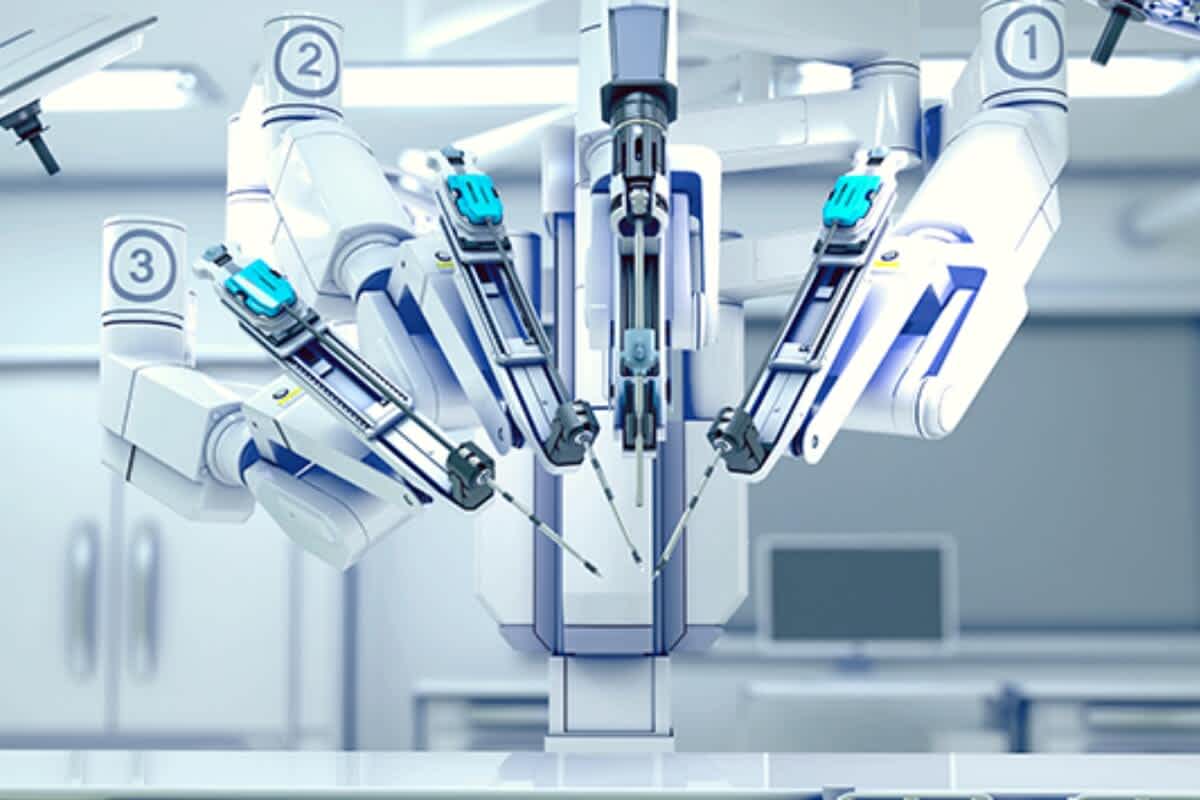Robotic Surgery In New Zealand
New Zealand and the rise of robotic surgery
Would you trust a robot with your next surgery?
Common surgeries
The da Vinci robot [1] can assist in the removal of prostate cancer and was first used in New Zealand in 2016 according to a Stuff report [2] for oral surgery. Although it’s robotic, this type of surgery still requires the expertise of a surgeon who guides the miniscule instruments attached to robotic arms from a console near the operating table. The surgeon is able to direct the instruments with hand controls while a 3D camera assists to perform the operation through a series of tiny incisions.
Robots are also assisting in a variety of other procedures around the world, such as hysterectomies, heart valve surgery and partial removal of kidneys with cancer. The MAKO Robotic System is now being used overseas to assist in partial knee replacement surgery and may in the future assist with hip replacements too according to a Newshub report [3].
Here’s to quicker surgeries and recovery times
There are many benefits to this exciting technology. The traditional method of prostate cancer surgery involves longer incisions for the surgeon to insert full-size instruments. When it comes to robot-assisted surgery though, the actual operation may only last two-three hours with most patients only needing to stay in hospital overnight.
For most patients, smaller incisions mean less pain, less blood loss and minimal scarring, and the precision of the robot-assisted surgery suggests fewer surgical complications and less risk of infection.

What do we need to be wary of?
The cost, for starters! It costs significantly more for both the hospital and the doctor to use robot-assisted surgery and current studies indicate there may not be a huge difference in the outcomes. In fact, a recent Australin study in Eurekaalert [4] revealed that for men who underwent robot-assisted prostate cancer surgery there was no significant difference in post-operative outcomes 12 weeks post-surgery.
One of the limitations of this technology is the lack of human touch needed to feel delicate or inflamed tissue. However, a recent innovation developed by Deakin University [5], called the HeroSurg, is changing the game.
The HeroSurg uses technology known as 'haptic feedback', similar to the vibration in video game controllers and smartphones, to mimic a 'sense of touch' so that the surgeon can feel the instrument on the human tissue.
So, what about the risks during a robot-assisted procedure? As with traditional surgeries, there is always a small chance of complications when anaesthetic is involved.
But, the phenomenon of robotic surgery is growing worldwide. Currently some facilities around the world offer robotic assistance for procedures like urology, gynaecology, cardiothoracic, colorectal and endocrinology.
So, would you trust a robot with your next surgery? Robotic-assisted procedures as well as any new innovative procedures may or may not be covered under nib policies, so contact us to discuss your options and check whether you’re covered first.
References
Want to know more?
Important things to know
Information correct as at December 2018
